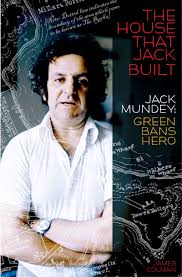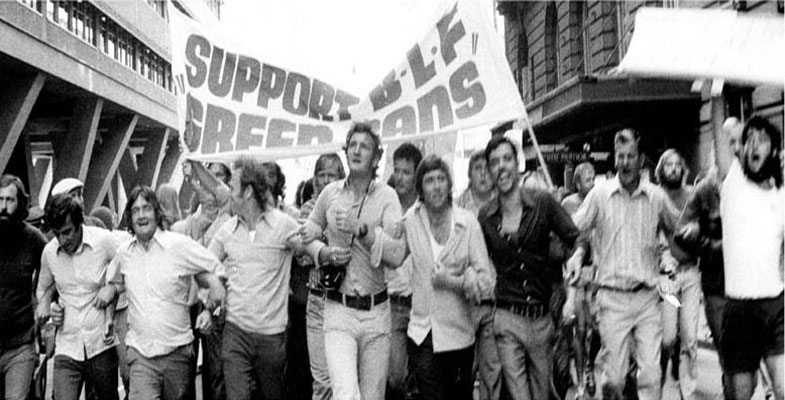 Back in the 1970s, a speck of harbourside bushland in Hunters Hill achieved unexpected fame as the site of the world’s first Green Ban when militant union leader Jack Mundey joined forces with local residents in what became known as the Battle for Kelly’s Bush.
Back in the 1970s, a speck of harbourside bushland in Hunters Hill achieved unexpected fame as the site of the world’s first Green Ban when militant union leader Jack Mundey joined forces with local residents in what became known as the Battle for Kelly’s Bush.
Gordon Library is hosting an evening with James Colman, the author of a new book on the life of Jack Mundey.
Date: Tuesday 27 September
Venue: Gordon Library Meeting Room 1
Time: 6 to 7 pm
Cost: $5, wine and cheese will be served
Book: https://bookings.kmc.nsw.gov.au/coursesAndeventsTel: 9424 0120
After Kelly’s Bush, Mundey and his Builders Labourers’ Federation went on to save The Rocks and dozens of other well-known Sydney sites from the bulldozers. Across Australia, the green ban era saw many battles between residents, developers and officialdom – reaching a peak in the mid-70s. By this time its message had spread far and wide, and Mundey himself had become an international identity in the urban conservation movement.
The House that Jack Built is the first serious book on the man himself. Lane Cove author, architect and planner, Jim Colman, describes for the first time how Mundey moved from his early days as a young builder’s labourer from north Queensland to a leadership role in the Australian heritage movement.
And when the fervour of the green ban era had subsided, Mundey did not hang up his boots. He served a term as an alderman on the Sydney City Council and sat on the council of the Australian Conservation Foundation for a record term. Later he chaired the NSW Historic Houses Trust and in 1998 was named a national living treasure by the NSW National Trust. Amongst his many accolades are two honorary doctorates and an honorary master’s degree in environmental studies.
Colman’s book is a very readable, thoroughly researched and lavishly illustrated coverage of Mundey’s key achievements and activities in the planning and conservation fields during a busy half century. It reveals how this erstwhile communist and trade union leader became a dedicated conservationist who achieved fame – and notoriety – for exploits which were praised by the many, denounced by the few. And despite its evidence that we have made some solid progress in heritage conservation during the Mundey era, it concludes with a warning from the man himself:
The greatest single threat to the environment, locally as well as globally, is the rapacious greed of big multi-national corporations.

